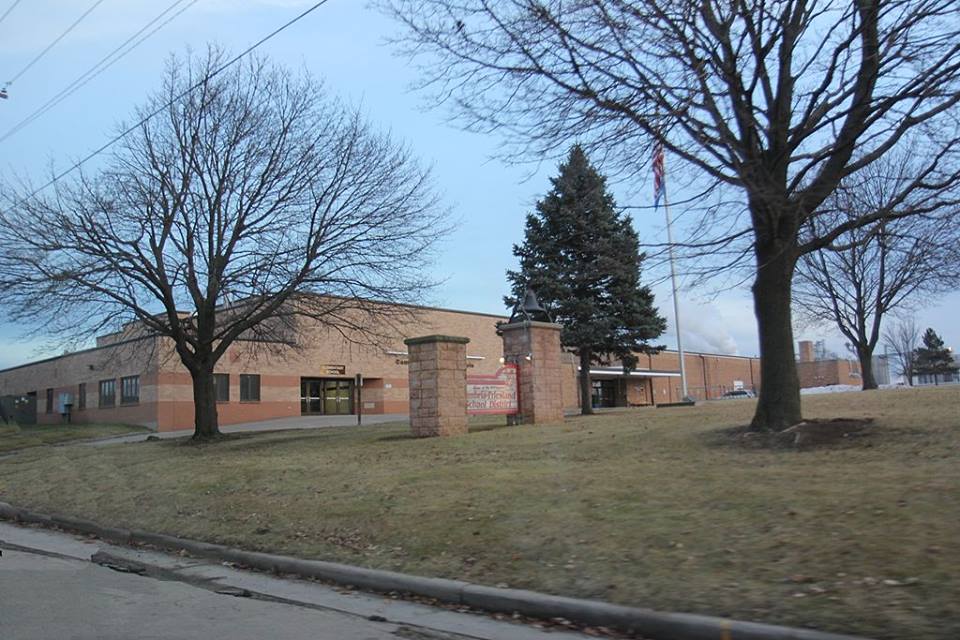Voters Okay 56 of 66 School Referendums
$566 million in spending approved on April ballot, mostly for new construction.
Last week, voters in many Wisconsin school districts approved new resources for children in public schools, showing that residents value public education and support raising their own taxes to invest in it.
Voters approved 56 out of 66 school referendums on the ballot, raising their property taxes to replace school buildings, improve academic offerings, and provide needed services to students. Wisconsin residents voted to approve $439 million in borrowing for new construction and building updates, $123 million to expand school district operating budgets for a set amount of time, and $4 million to expand school district budgets on a permanent basis.
The passage rate for referendums on Tuesday was more than 80 percent—sharply higher than the passage rate of 44 percent between 1996 and 2010 for referendums to exceed revenue limits. The increase in referendum success rate that occurred after Governor Walker made deep cuts to K-12 education suggest that voters still want their own districts to have enough resources and are willing to make up for some of the cuts in state aid out of their own pockets, in the form of higher property taxes.
Recent poll results have found that Wisconsin voters place a great deal of importance on funding public education. Voters named K-12 education as the highest priority for additional state spending in response to a Marquette University poll in June 2017, and 61 percent said they would be willing to pay more in taxes to support their highest spending priority.
This map shows the location of successful and unsuccessful referendums. You can hover over a shape to get information on the district that held the referendum, the outcome, the type of referendum, and the dollar amount. For more information on individual referendums, visit the Department of Public Instruction website.
This year, referendums for some school districts came with particularly high stakes. Recent legislation allowed low-spending school districts to modestly increase their budget without getting approval from voters—but not if they had a failed referendum to increase their budget within the last three years. There were about a dozen low-spending districts with referendums on the ballot this week, all of which passed.
These referendums come on the heels of a legislative session in which some policymakers sought to restrict the ability of Wisconsin residents to raise new revenues for their schools. State lawmakers introduced several measures to limit school referendums, including ones that would bar voters from raising their taxes permanently, and that would reduce state funding to school districts in which voters approve referendums. None of the major restrictions received legislative approval, although lawmakers did include a provision in the 2017-19 budget that restricted when during the year districts can hold referendums.
Wisconsin Budget
-
Charting The Racial Disparities In State’s Prisons
 Nov 28th, 2021 by Tamarine Cornelius
Nov 28th, 2021 by Tamarine Cornelius
-
State’s $1 Billion Tax Cut Leaves Out 49% of Taxpayers
 Sep 21st, 2021 by Tamarine Cornelius
Sep 21st, 2021 by Tamarine Cornelius
-
TANF Program Serves a Fraction of Poor Families
 Aug 30th, 2021 by Jon Peacock
Aug 30th, 2021 by Jon Peacock




















I’d call that a rebuke of the Republican education policy.